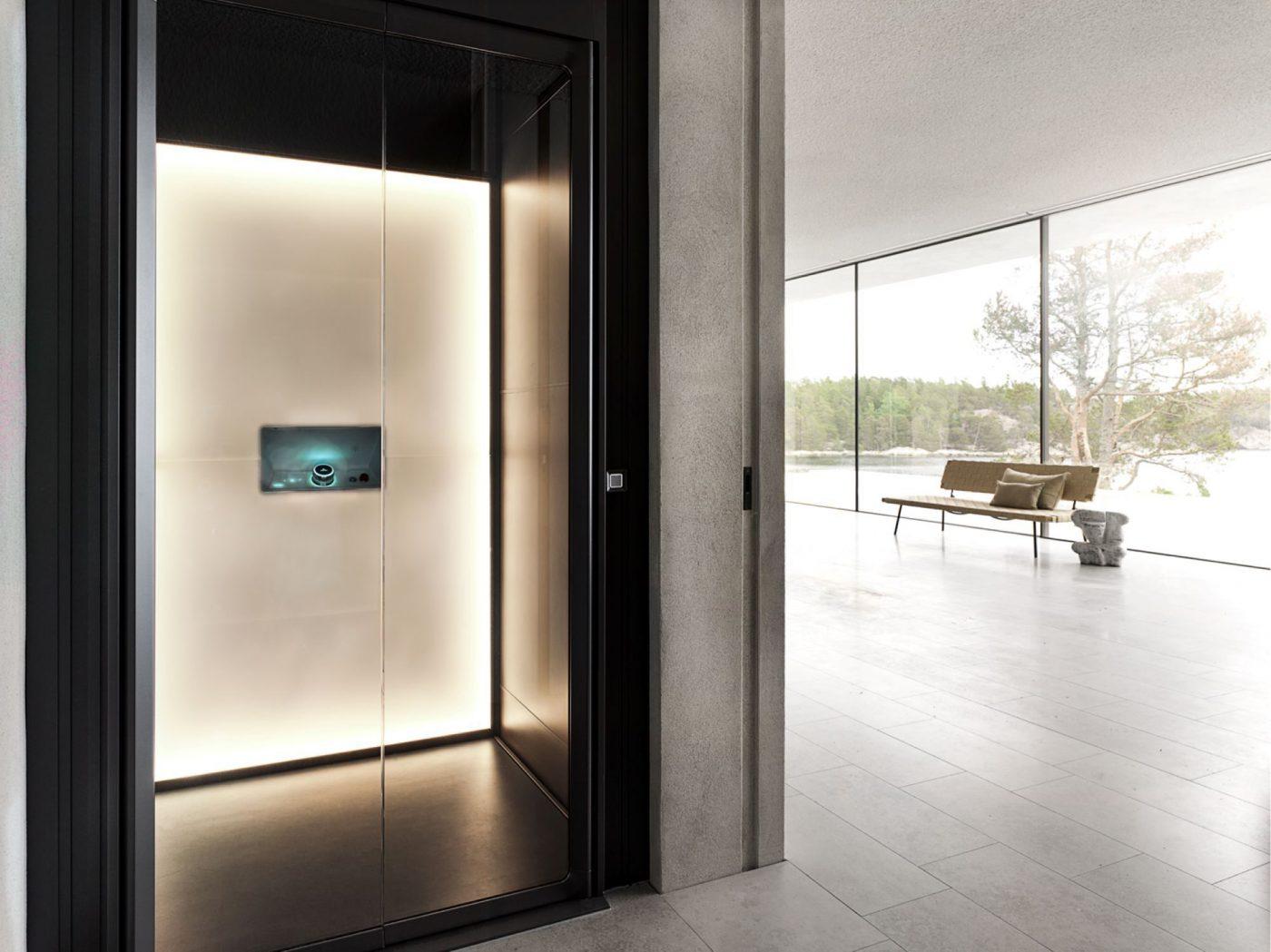Compare Disabled Platform Lifts Prices UK: Affordable Options for each Demand
Compare Disabled Platform Lifts Prices UK: Affordable Options for each Demand
Blog Article
Looking Into the Globe of Elevators: Common Issues Faced by Different Lift Systems
As we browse with the upright transportation systems of modern-day structures, lifts stand out as an essential element of our daily lives. From hydraulic elevators to grip systems and machine-room-less layouts, each lift kind comes with its set of usual problems.
Hydraulic Lifts
Hydraulic lifts, typically favored for low-rise buildings, use fluid pressure to regulate the motion of the elevator vehicle (lift repair companies). This mechanism includes a hydraulic pump pushing oil right into a cylinder, causing the lift to relocate the preferred direction. While hydraulic lifts are known for their smooth and peaceful operation, they do come with their own set of common issues
One prevalent trouble with hydraulic elevators is oil leak. The seals in the hydraulic system can wear gradually, causing oil seepage. This not just produces a mess however can also influence the lift's efficiency if left unaddressed. Furthermore, concerns with the control system, such as damaged shutoffs or a malfunctioning pump, can create disturbances in the elevator's activity.
Normal maintenance and timely repair work are important to ensure the smooth functioning of hydraulic lifts. By dealing with these common concerns proactively, building owners can lessen downtime and ensure the safety and effectiveness of their upright transportation system.
Traction Elevators
When taking into consideration upright transport systems in structures, an additional common kind other than hydraulic lifts is the grip lift. Grip elevators operate utilizing a system of ropes and counterweights that move the elevator car by gripping onto the hoist ropes. This system permits smoother and quicker vertical transportation contrasted to hydraulic systems.
Among the usual problems faced by grip elevators is rope wear. The consistent movement of the ropes within the grip system can cause tear and wear with time, potentially triggering the elevator to breakdown or become harmful for use. Normal assessments and upkeep of the ropes are necessary to guarantee the lift's correct functioning and security.
Another issue that grip elevators may encounter is connected to the control system. Problems with the control system can cause concerns such as unpredictable motion, delays in reaction times, or even complete closures. Regular testing and upkeep of the control system are essential to avoid such issues and make certain the lift's integrity.
Machine-Room-Less (MRL) Elevators

One of the essential elements of MRL lifts is the compact gearless traction device that is set up within the hoistway. This device efficiently drives the elevator vehicle without the demand for bulky devices discovered in conventional traction lifts. In addition, MRL elevators normally use a weight system to balance the cars and truck, more boosting their energy performance.
Regardless of their advantages, MRL elevators might face difficulties connected to repair and maintenance because of the restricted area for tools installment. Availability for linked here servicing elements within the shaft can be restricted, requiring specialized training for professionals. Proper upkeep routines and normal evaluations are essential to guarantee the ongoing smooth procedure of MRL elevators.
Overloading and Weight Limit Issues
Overloading and weight limitation concerns are important issues in lift operations. Elevator suppliers design lifts with particular weight capabilities to make certain guest security and devices durability.
When elevators are overwhelmed, it puts extreme strain on the motor, cables, and various other components, potentially causing malfunctions or breakdowns. Security devices such as sensing units and overload sensing units are in location to avoid lifts from moving if they discover excess weight. Additionally, surpassing weight limitations can bring about increased energy intake and deterioration on the lift system.
To mitigate straining concerns, developing managers need to plainly display weight limits in lifts and enlighten owners on the relevance of adhering to these limitations - lift repair companies. Normal upkeep checks by qualified specialists can likewise help make sure that lifts are operating within secure weight parameters. By attending to overloading and weight limit concerns proactively, building owners can enhance lift safety and performance
Electrical System Failures
Going beyond weight limitations in elevators can not only result in mechanical issues however additionally potentially add to electrical system failings within the lift framework. Electric system failings are an essential issue in elevator procedure, as they can cause unanticipated shutdowns, malfunctions, or also security dangers. One typical electric concern is the overheating of components because of extreme existing circulation brought on by straining the lift beyond its capability. This can cause damage to the control, electrical wiring, or electric motor systems, causing expensive repair services and downtime.
Normal upkeep and examinations are essential to recognize and find this resolve possible electric problems promptly, ensuring the effective and risk-free procedure of lift systems. By adhering to weight restrictions and conducting routine electrical system checks, structure proprietors can minimize the threat of electric failings in lifts.
Final Thought
.webp)
Hydraulic lifts, typically preferred for low-rise buildings, make use of fluid pressure to regulate the motion of the elevator cars and truck.When thinking about upright transportation systems in structures, another usual type aside from hydraulic lifts is the traction elevator. Grip elevators run using a system of ropes and counterweights that relocate the elevator cars and truck by gripping onto the hoist ropes. Unlike typical lifts that call for a separate device space to house the devices, MRL lifts integrate many of the components within the shaft, removing the need for a dedicated maker area.In conclusion, elevators encounter usual issues such as hydraulic malfunctions, grip system failings, and electric system troubles.
Report this page